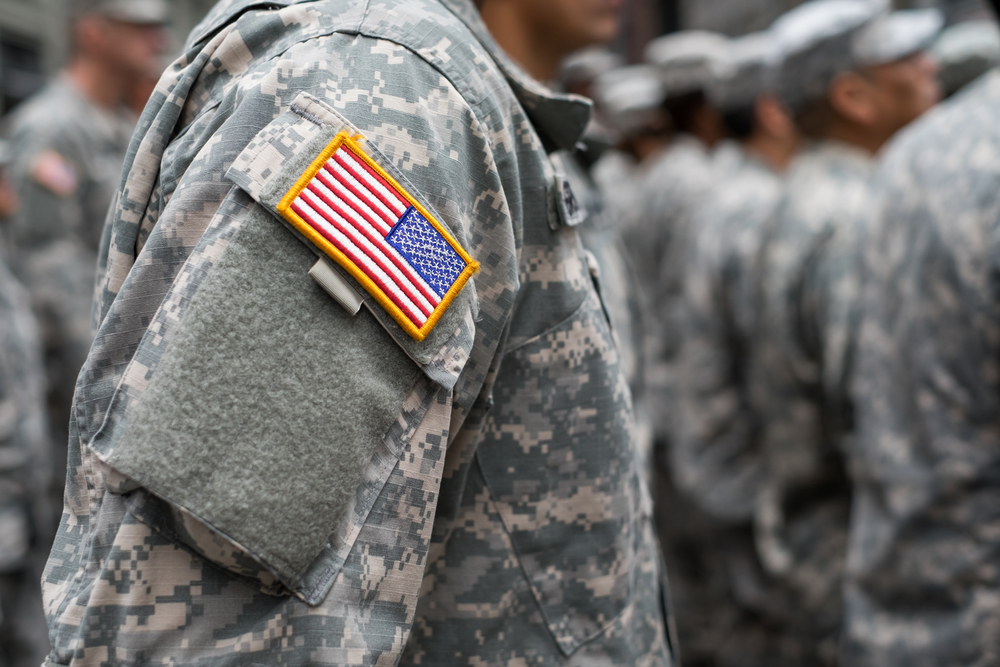Shorter ALS Survival Found for US World War II Vets or Those Who Handled Burning Agents

Military veterans in the United States who were deployed to World War II or who handled burning agents during their service show shorter amyotrophic lateral sclerosis (ALS) survival, a new study finds.
The research, “Military service, deployments, and exposures in relation to amyotrophic lateral sclerosis survival,” appeared in the journal Plos One.
The study’s senior author was Freya Kamel, from the Epidemiology Branch, National Institute of Environmental Health Sciences, Research Triangle Park, North Carolina.
Most studies on ALS survival have focused on clinical factors, showing that aspects such as older age at diagnosis, diagnosis category, and worse functional/disability status are associated with rapid disease progression.
However, non-clinical (occupational or environmental) data could help explain the heterogeneity in ALS survival and provide information toward new interventions that lengthen survival.
Data show that ALS prevalence is greater in military veterans than in non-veterans, but studies exploring the relationship between military-related factors and ALS survival have been scarce, with limited exposure information and contradictory results. Therefore, the researchers assessed the association between military-related factors and ALS survival in a large sample of U.S. military veterans.
The research involved 616 medical-record confirmed cases of former or current members of the U.S. Army, Air Force, Navy, Marine Corps, Coast Guard, or National Guard. Patients were followed from enrollment in the Genes and Environmental Exposures in Veterans with Amyotrophic Lateral Sclerosis (GENEVA) study from 2005–2010 until death or July 25, 2013, whichever came first. Median follow-up was 28 months.
Vital status information was collected from several sources within the Department of Veterans Affairs. Data related to military service, deployments, and 39 related exposures were obtained through telephone interviews.
The scientists observed 446 deaths during follow-up. Results showed shorter ALS survival for individuals serving before 1950 or for one year or less in the military, for those who were deployed to World War II, or those who mixed and applied burning agents.
Conversely, longer survival was observed after exposure to paint, solvents, and petrochemical substances, or local food not provided by the Armed Forces. Field exposure to riot control substances, burning agents, or Agent Orange (a chemical herbicide with a devastating impact in the Vietnam War) was also associated with longer survival.
Of note, the association between longer survival and exposure to paint, solvents, petrochemical substances, local food, or Agent Orange may be explained by the death of these individuals before enrollment, the authors observed.
Overall, “although most military-related factors were not associated with survival, associations we observed with shorter survival are potentially important because of the large number of military veterans,” the authors wrote.






